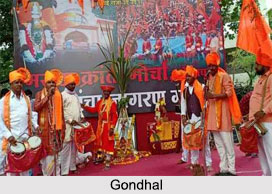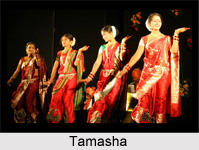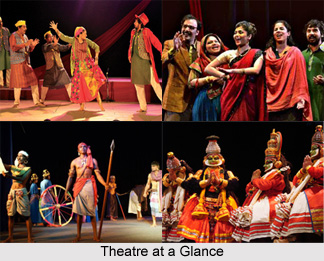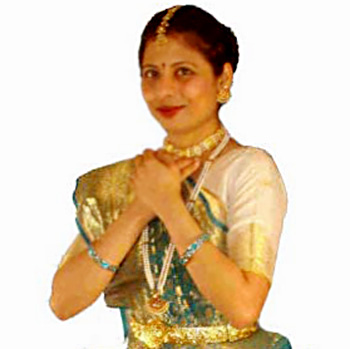Sangitanataka is a specific genre of Malayalam theatre. This is also the first for which original scripts began to be written in Malayalam. But in this case it should be mentioned that it started after Kathakali. Earlier drama, which mostly was translations of Sanskrit texts, generally meant for reading. Sangitanataka was composed specifically for staging, inspired by the success of similar Tamil Sangita Natakam, presented throughout Kerala by commercial troupes coming from the east. Music was its most essential component. Leading actors were expected to sing classical music on specified occasions in the course of performance. Their main qualification was their ability to sing. The necessary accompanists sat on stage. Even though such passages meant a serious deviation from the theme and structure of the play, they happened to be the most popular aspects of Sangitanataka. Apart from music, introduction of jesters at regular intervals and incorporation of irrelevant humorous interludes solely for entertainment became common features. The acting involved exaggerated expression of emotions.
The first Sangitanataka can be mentioned as T. C. Achyuta Menon`s Sangita Naishadham i.e. "Musical on Naishadha" in 1892. This was depicted the myth of Nala and Damayanti. It was followed by K. C. Kesava PilLal`s Sadarama in 1903. This dealt with the story of a Tamil drama bearing the same name. Both proved extremely successful, resulting in shows at a large number of places. Their popularity prompted other poets and artists to write and produce similar plays. Thus the first theatre movement started in Kerala led by professional troupes organized on commercial lines. In the initial period, Sanskrit drama was adapted and even poetical works were reconstructed to suit the requirements of this form. Later, plays with social themes also were written and presented as Sangitanataka. But in course of time, the formula-based structure became a subject of severe criticism and, gradually, Sangitanataka disappeared from the scene. Yet the songs and humorous episodes had become so popular that those practices came to stay in the professional Malayalam theatre.
This article is a stub. You can enrich by adding more information to it. Send your Write Up to content@indianetzone.com




